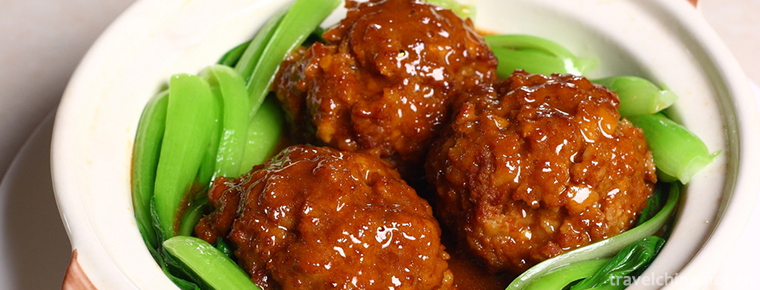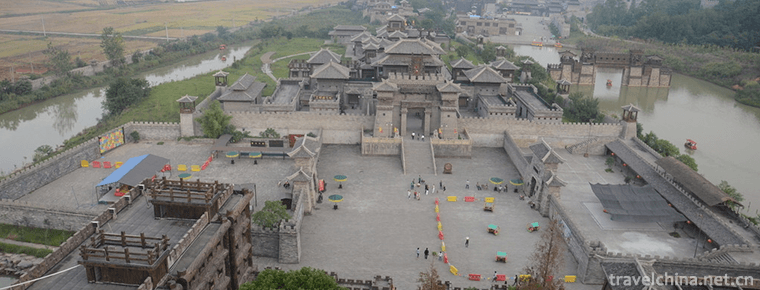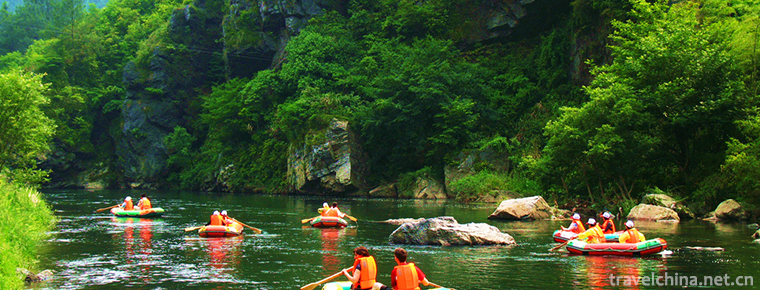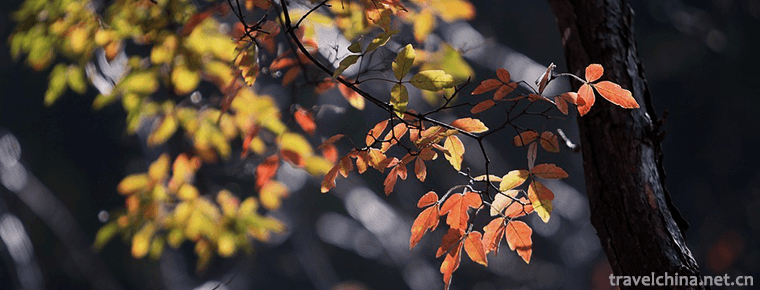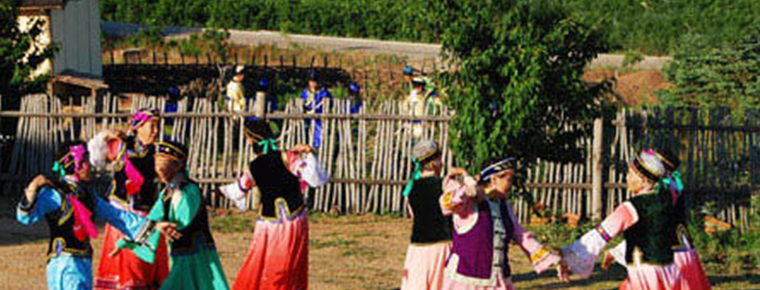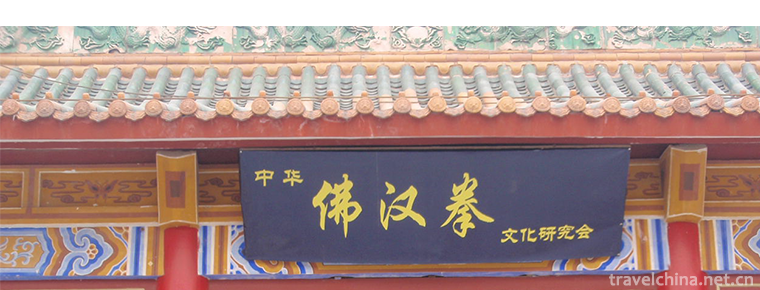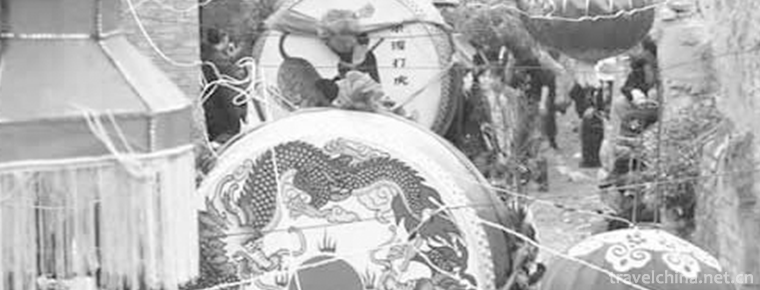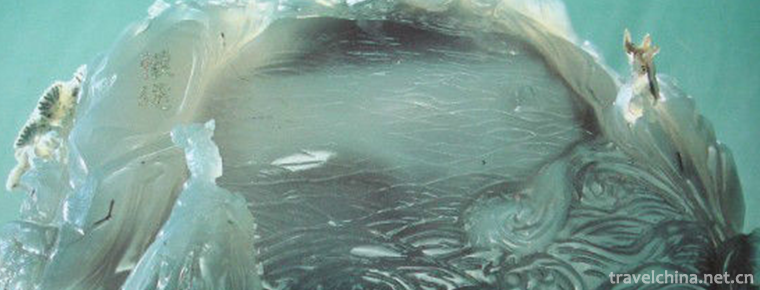Jingxing spent
Jingxing spent
Jinglonglahua, a traditional dance in Jinglongxian County, Hebei Province, is one of the national intangible cultural heritage.
Longhe-like flowers originated from folk festivals, temple fairs, pavilions and street square fairs during worship of gods. They were recorded in the Annals of Yuanhe Prefectures and Counties written in the Yuan and Eight Years (813) of the Tang Dynasty. By the beginning of the 20th century, Lahua had become a popular form of singing and dancing, which was popular among local people. There was a saying that Shanxi Bangzi was not leaving the mouth, and Jinglongla was sprawling everywhere. In 1996, the Ministry of Culture of the People's Republic of China designated Jinglong County as the "Town of Chinese Folk Art - Town of Lahua".
On May 20, 2006, Jinglonglahua was approved by the State Council to be included in the first batch of national intangible cultural heritage list, the heritage number: III-3.
historical origin
Lahua was recorded in the Records of Yuanhe Prefectures and Counties written in Yuan and Eight Years of Tang Dynasty. There is no record of when and where pulling flowers came into being. There is no text to test. However, there is no conclusive evidence for the different opinions, such as Song, Jin, Yuan, Ming and Qing Dynasties, or native or introduced from other places. It can only be said to be a legend.
Ming and Zhu Yuanzhang carried out the policy of "resettlement and cultivation of farmland". From the two large-scale immigration in 1373 and 1388 in southern, central and southeastern Shanxi, where the population was dense and the war was small, Jinglong added more than 100 Jin villages and dozens of Jin surnames. Some foreign folk art forms also came along and blossomed and fruited in Jingxing. Li Shi, the descendant of Jinglonglahua and Goodman Dang, one of the representatives of "Dilahua", is the immigrant of this period, which is also clearly pointed out in the legend of the origin of "Jinglonglahua". "History of Chinese Dance" mentioned: "Yao Lu, a Ming Dynasty, had seen many kinds of folk dances in Hongdong County, Shanxi Province. For example, holding a small umbrella "umbrella dance", holding sandalwood board, while clapping dance "flower dance" and so on. Talking about folk dance activities is now invisible, but umbrellas and boards are indispensable props in flower drawing.
After the reform and opening up, Jinglonglahua has participated in many large-scale performances at the national, provincial and municipal levels. Dancers such as Jia Zuofu, Zhao Wanhua and Zi Huayun came to Jinglong to study and guide. They made the ancient art of pulling flowers flourish and flourish, and they were frequently hung up in the national dance competitions.
Since the 1980s, Jinglonglahua has been flourishing and developing rapidly, and has been invited to major performances in succession. Jinglonglahua's footprints are all over the country's great rivers, north and south, and all parts of Shenzhou.
Inheritance and protection
Inheritance value
The formation and development of Jinglonglahua is the crystallization of the integration of "swimming culture" and "mountain culture". In the process of integration, it not only inherits the characteristics of other dances, but also develops and forms a unique dance style according to Jingxing's unique geographical and customs characteristics.
Since the 1980s, Jinglonglahua has been flourishing and developing rapidly, and has been invited to major performances in succession. CCTV and many other news media broadcasted, propagated and introduced Jinglonglahua to the whole country and overseas for many times. Since then, Jinglonglahua has gone abroad to represent Hebei's fine arts to participate in the international cultural exchange activities held in Bird Chow County, Japan, and the Chinese Art Festival in San Francisco, USA, to show and disseminate the artistic style of Chinese traditional folk culture to the people of the world.
Inheritance status
From the perspective of the relationship between teachers and nephews, Lahua spread in Jinglong mainly in the traditional conservative way of ancestral grandchildren and father-son nephews. For example, Li Shufang (1909-1989), an old artist of Zhuangwang, learned to pull flowers at the age of 11 with Li Mei Primary School, which was already a rare year at that time. He also passed on his skills to his granddaughters Qiaoling and Ailing. Other pulling flowers are roughly the same as Zhuangwang. However, with the death of the old artists of various genres of Jinglongla flower, a large number of flower-pulling techniques can not really preach, so that flower-pulling is on the verge of crisis.
Inheriting characters
Wu Xinquan, male, Han nationality, born in 1941, Jinglongren, Hebei Province. The second batch of national intangible cultural heritage projects are representative inheritors of Jinglonglahua. Jingxing County of Hebei Province declared. Wu Xinquan was born in the family of Lahua, and his grandfather Wuting was a famous Lahua artist. From the age of eighty-nine, he began to learn to pull flowers from his father, Wu Lianxi, and mastered the performing techniques of various roles in pulling flowers. His dancing posture is bodybuilding and stretching, and his movements are free and rough and implicit, which fully reflects the artistic style of Jinglonglahua dance, which has a large range, strong strength and deep and desolate mood.
protective measures
In 1996, Jinglong County was named "the hometown of Chinese folk culture and art" by the Ministry of Culture.
In 2009, Jinglonglahua became one of Hebei's cultural business cards. Jinglong County Party Committee and County Government lead the line, Jinglong Lahua Art Troupe and cultural industry enterprises "marriage", to start the Jinglong Lahua Art Garden project. The cooperative enterprises not only teach Jinglonglahua free of charge in primary and secondary schools, but also run free training courses for the whole society, with more than 1000 batches of trainees. Jinglongxian also regularly holds the biennial "China Jinglonglahua Culture and Art Festival" to become a platform for Jinglongxian to attract investment, expand influence and build cultural industry.
social influence
Important exhibition
In March 1956, the "Lahua" of Zhengcun Lahua Team in southeastern mining area participated in the 2nd National Folk Music and Dance Festival held in Beijing on behalf of Hebei Province, and won the second prize for excellent program.
In 1991, Jinglonglahua appeared in Shenyang "National Excellent Yangko Competition" with a brand new look, and won the highest prize - Winning Prize. In the same year, he was invited to Beijing to participate in the "92 Spring Festival Party of the Ministry of Culture" filmed by CCTV.
Honorary commendation
In 1957, Jinglonglahua first won the second prize in the "Second National Folk Music and Dance Concert Performance" in Jinjing, and was cordially received by the elder party and state leaders such as Zhu De, Zhou Enlai and Dong Biwu in Zhongnanhai.
In 1979, Jinglonglahua went to Beijing again and participated in "National Literary and Art Performance Celebrating the 30th Anniversary of the Founding of the People's Republic" and won the second prize for creation and performance.
In 1991, Jinglonglahua appeared in Shenyang "National Excellent Yangko Competition" with a brand new look, and won the highest prize - Winning Prize.
In 1996, Jinglonglahua participated in the "Sixth National Star Award Square Dance Final" with a huge lineup, and won the highest prize in the national social and cultural field - the Star Award.
In 2004, Jinglonglahua participated in the Sixth China Folk Art Festival and won the Gold Prize.
Cultural anecdotes
Peony Flower Migration
Lahuahua is a dance formed in the process of pulling and transporting peony flowers, so it is called Lahuahua: Legend has it that there is a man named Yang Mingju in this village. He was appointed county magistrate of Xihua County in Wanli of Ming Dynasty in Henan Province. When he passed through Luoyang, the peony resort, he brought several clusters of peony back and worshiped God with the "flower king" in Laojun Temple of Yicun. From then on, many men and women were always attracted to watch it during the blooming season. In order to commemorate the fact that peony took root in Jingxing, some folk artists made it into a dance. Because of the inconvenience of transportation at that time, on the way of nearly a thousand miles, the migration of peony flowers could only be carried by manpower, so it was named "pulling flowers". In this way, the actors appeared everywhere flower costumes of back flowers, head arranging flowers, face painting flowers, shoulder crossing flowers, and the dance postures of forward leaning, step settling and foot dropping which are closely related to pulling. Modern artists still hold the view that "with peony flowers, there is pulling flowers".
Lahuahua is "Lahuahua"
Lahuahua is a dance formed in the process of escaping from famine. Lahuahua is the homonym of "pulling famine". Nine years of drought in Jingxing and years of war have forced people to take their children and children away from their homes to escape from famine. As they walk along the street, they sing, tell their bitterness and beg for alms. Over time, they have formed a qualitative form of begging - "pulling famine". Nowadays, we can still collect some legends and anecdotes from some old artists. Because "flower" and "waste" are local homonyms, they are called "pull flower".
Love story
Lahua is a dance composed by a village aunt named "Lahua" according to her love life experience, and named after her. The meaning of Zhuangwang Lahua's "Goodman's Duan" is very strong. His song "Goodman's Ballad" is in harmony with the content it expresses. This saying is most popular in Hengjian area.

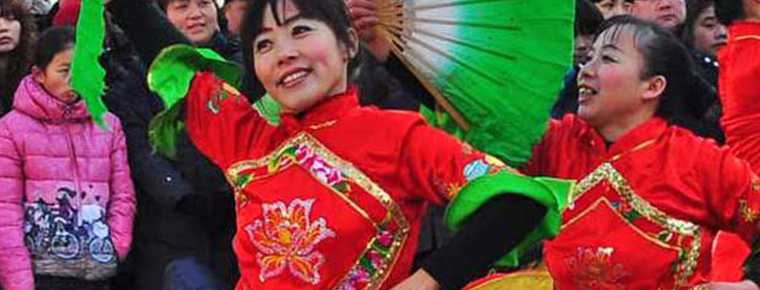
-
Stewed Pork Ball in Brown Sauce
Lion head is a traditional dish in the Huaiyang cuisine of Yangzhou, Jiangsu, China. Legend has it that Lion's Head began in the Sui Dynasty.
Views: 341 Time 2018-10-27 -
Chibi ancient battlefield
The ancient battlefield of Chibi in the Three Kingdoms, where the battle of Chibi took place, is located on the South Bank of the Yangtze River in the northwest of Chibi City, Hubei Province.
Views: 393 Time 2018-12-12 -
Old Stork River Drifting
Xixia Guanhe Drifting Scenic Area is a national AAAA-level tourist attraction and a part of Funiushan World Geopark in Nanyang, China. Xixia County, Nanyang City.
Views: 112 Time 2019-01-29 -
Songxian Tianchishan National Forest Park
The Tianchishan National Forest Park in Songxian County, Luoyang City, is located in Xionger Mountains, northwest of Songxian County, Luoyang City, with a total area of 1716 hectares and a forest cove.
Views: 133 Time 2019-02-13 -
Daur Ruzhigle Dance
"Luzhigle" is a representative folk dance of Daur nationality. It varies from place to place, including "Alhambo", "Langtudabe", "Hakumai", "Hagen Melger&q.
Views: 104 Time 2019-04-22 -
Buddha Han boxing
Fohan boxing is also known as Fohan Chuan, commonly known as Buddhist boxing. It is a kind of traditional Chinese martial arts. This boxing originated in Shaolin Temple.
Views: 319 Time 2019-04-29 -
Yucun drum car
Yucun Drum Car has a history of more than 2,700 years. It has recovered after a long history of ups and downs. Drum truck is a combination of drum and car, which evolved from the ancient chariot. As a.
Views: 93 Time 2019-06-28 -
Jade carving
Jade carving is one of the oldest carving varieties in China. Jade carved into exquisite crafts, known as jade carving. Craftsmen in the production process, according to the natural color and shape of.
Views: 343 Time 2019-07-16 -
Capital Institute of Physical Education
Capital Institute of Physical Education is a sports class in Beijing. Ordinary universities Located on Beijing City Haidian District, West Zhongguancun Science Park District, east of Yan Mu scenic are.
Views: 328 Time 2019-11-24 -
Nanchong first industry
In 2019, the sown area of grain crops in Nanchong is 558000 ha, which is 0.15% lower than that in 2018. The sown area of oil crops is 152000 ha, an increase of 1.9% over that in 2018. The vegetable planting area is 154000 hectares, an increase of 3.9% over that in 2018..
Views: 361 Time 2020-12-17 -
Meishan mineral resources
There are 25 kinds of minerals in Meishan, mainly including coal, natural gas, iron, copper, lead, zinc, manganese, placer gold, glauberite, gypsum, bentonite, phosphorus, dolomite, cement limestone, magnesite, granite for facing, vein quartz, crystal, quartz sandstone,.
Views: 261 Time 2020-12-18 -
Guangan Railway
Guang'an has five passenger railway stations (Guang'an station, Guang'an south station, Yuechi station, Huaying station and wusheng station). Among them, Guang'an station is an important material and passenger distribution center in eastern Sic.
Views: 199 Time 2020-12-19
